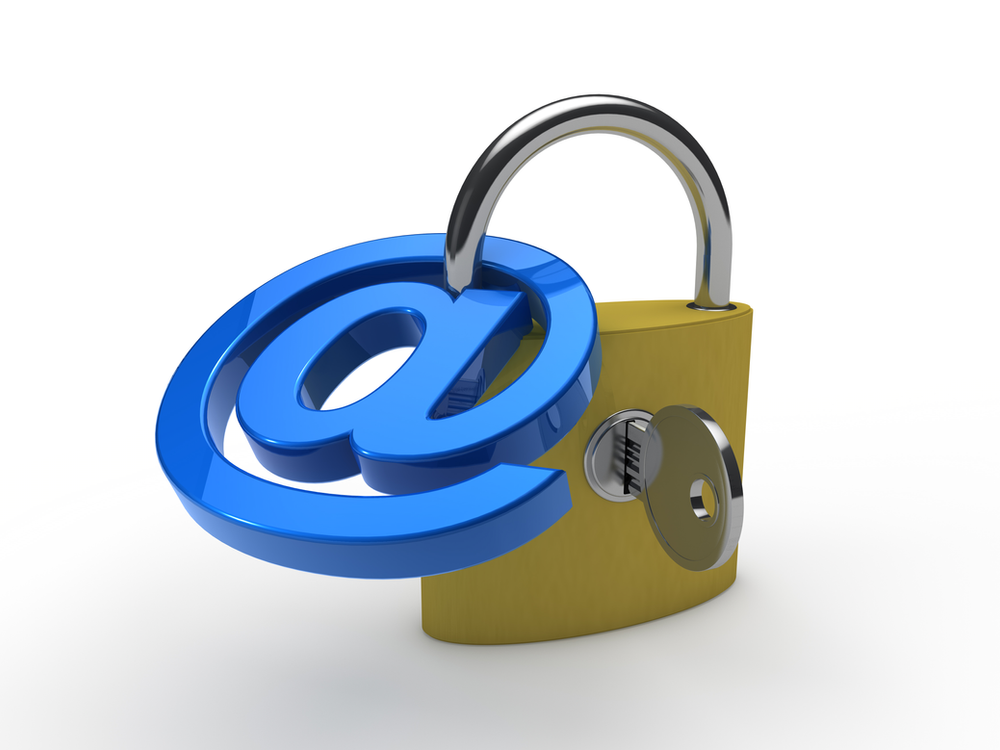Table of Contents
Email encryption is the process of encrypting or masking the content of emails to prevent them from being read by anyone other than the intended recipients. Email encryption is usually accompanied by authentication.
If a hacker gains access to your email account, they can access attachments, content, and even hijack your entire account. Email is a vulnerable medium, especially when it is sent over an unsecured Wi-Fi network. Your login credentials, as well as emails sent within a secure company network, can be intercepted by other users. If someone intercepts your emails, they won’t be able to interpret their contents due to encryption.
What to Encrypt
According to PC World, you should encrypt three primary things:
- Connection from your email provider
- Your actual email messages
- Your cached, stored, or archived email messages
In the process of sending and receiving email messages over the Internet, unsecured users can intercept and capture your login credentials and email messages as they traverse from server to server across the Internet. Having your emails encrypted means that even if a hacker or anyone else intercepts them, they are unreadable and inaccessible. As a final note, hackers may gain access to backed up emails stored in email clients, such as Microsoft Outlook, even if your accounts and device are password-protected. By using email encryption, your emails will remain unreadable even if they are intercepted.
What Email Encryption Does
Email encryption can be accomplished using a variety of technological tools. A personal email certificate is one type of security measure that digitally signs your messages, reducing the number of spam messages that can be sent using your name and email address. This digital signature informs recipients whether the messages they receive were sent by you; spoofed email messages lack the digital signature, alerting recipients that the message may contain spam or malicious content.
Email encryption is based on a Public Key Infrastructure, or PKI, which is typically a combination of a private key (known only to you) and a public key (known only to those you choose to distribute it to or even made publicly available). Those sending encrypted emails would use the public key, while the intended recipient would use the private key to decrypt those messages into a readable format. Anyone can use a public key to encrypt email in the PKI model, but each encrypted message can only be decrypted by a unique private key.
Encrypting all messages, you send and receive is one of the best email encryption practices. Encrypting only email messages containing sensitive information sends a signal to hackers, directing them to the messages that are most likely to contain valuable, sensitive information – the very information you’re attempting to keep out of the hands of outsiders in the first place.
When you encrypt all email messages as a standard practice, hackers who want to access your personal information face a more difficult task.
Decrypting email messages one at a time in search of a single message containing sensitive information is a daunting and time-consuming task that even the most dedicated hackers may conclude is not worth the effort.

